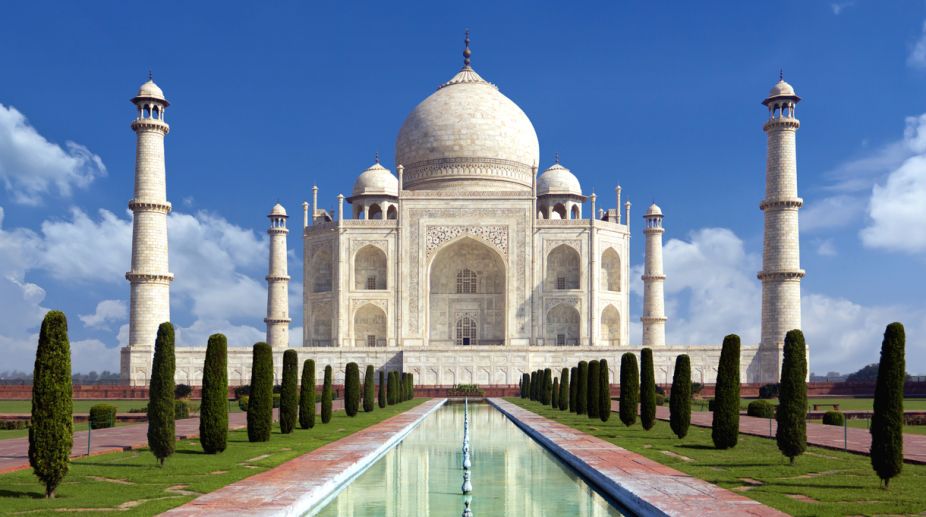UP bypolls: NDA leads in early trends, SP trails behind
As per current data of the Election Commission of India, the BJP and its ally RLD are leading on seven seats, while SP is ahead on two seats.

Taj Mahal (Photo: Getty Images)
World-famous Taj Mahal is in the spotlight, this time not for what it is but for “what it was”. After being left out of a brochure of Uttar Pradesh govt, the monument was called a blot on India and, now, there is noise of it initially being a Shiva temple.
The name of the monument conspicuously disappeared from Uttar Pradesh government’s brochure listing key tourist destinations in the state. Soon came BJP MLA Sangeet Som who stated that Taj Mahal was a “blot on India” because it was built by a Moghul emperor.
BJP leader Vinay Katiyar raked up a controversy by claiming that the 17th century monument was built by Mughal emperor Shah Jahan after demolishing a Hindu temple — ‘Tejo Mahalaya’— that housed a Shivlinga.
Advertisement
Anil Vij, a BJP leader from Haryana, went a step further and called the monument a “Khoobsurat kabristan” (beautiful graveyard). A small group of Hindu right-wingers even chanted Shiva Chalisa on the Taj Mahal’s premises earlier this week.
This was not the first time that such a claim over Taj Mahal has been made. BJP leader Lakshmikant Bajpayee had stated the same in 2014.
As per media reports, in 2015, Agra district courts admitted a petition filed by a group of lawyers who claimed the Taj Mahal was a Shiva temple. The petitioners wanted that Hindu devotees be allowed to perform ‘darshan’ and ‘aarti’ inside the monument.
The Court asked the Centre, Culture Ministry, Home Secretary and Archaeological Survey of India to submit their replies in the case. While replying to a question in Parliament in November 2015, the then Union Minister of Culture, Mahesh Sharma, had said the government has no evidence that the Taj Mahal was ever a Shiva temple.
The ASI gave a written reply to the Agra court saying the monument is “only a tomb and not a temple”.
The theory about Taj Mahal being a Shiva temple began doing rounds when historian PN Oak released his book — Taj Mahal: The True Story — in 1989. Oak claimed Taj was built in 1155 AD by Hindu ruler Jai Singh-I and not in the 17th century by Mughal ruler Shah Jahan. Oak propounded that the structure was “Tejo Mahalaya” before it was given the name of Taj Mahal by the Mughal emperor.
Ever since, the theory have been widely discussed on some internet forums. There are a number of websites which have come up with “evidence” to prove that Taj Mahal was a Hindu temple. They have cited designs of motifs and pinnacle to back their claim.
On Thursday, during the tour of Chief Minister Yogi Adityanath to the Taj Mahal, “Jai Shri Ram” slogans were raised. Yogi had taken part in a cleanliness drive near the monument before he entered the premises.
Advertisement